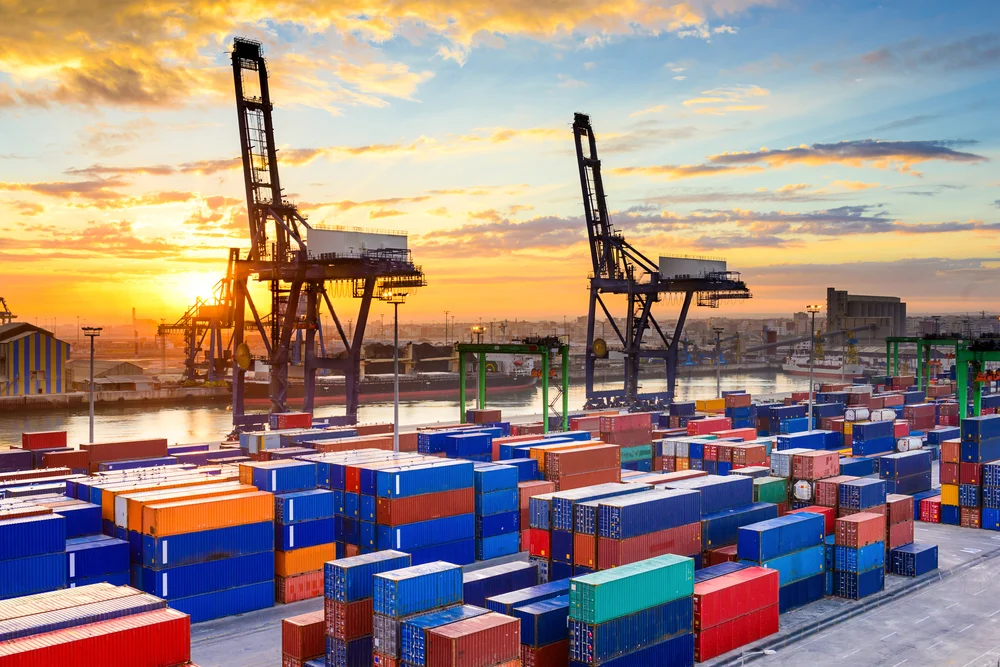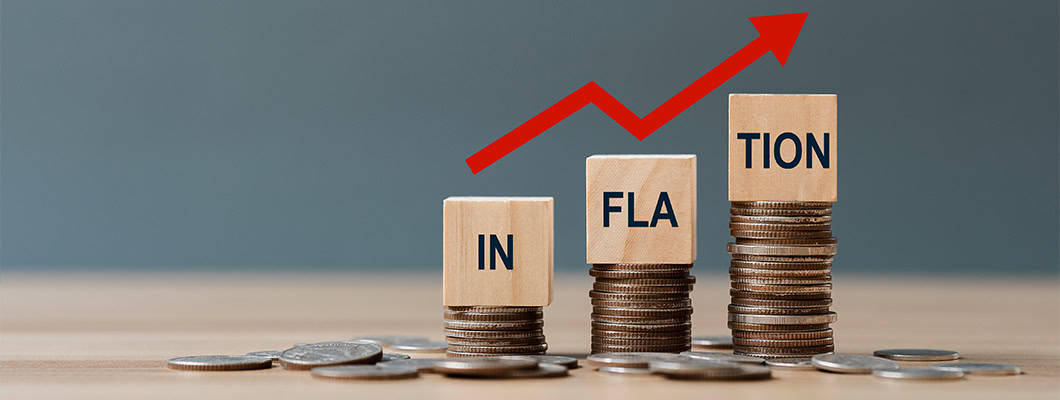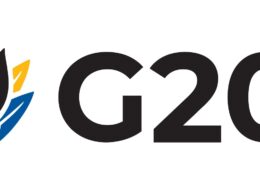Philippines Trade Deficit Is Widening And The Industrial Sector Is Still Operating Below Normal Capacity But FDI Inflows Keep On Increasing
THE Philippines trade gap expanded in August from last year, largely because imports rose much faster than exports. However, the value of exports reached a 11-month high in August, according to a government report yesterday. The Philippine Statistics Authority preliminary data revealed the country’s trade-in-goods balance-the gap between exports and imports – stood at a $4.375-billion deficit in August, 6.6% bigger than the $4.105 billion gap last year in the same month. Month on month, the trade gap had shrunk by 10.25% from the $4.88 billion deficit posted in July. Through nine months this year, the trade gap decreased 4.35% to $34.3 billion from the deficit of $35.86 billion recorded last year.
Since it had a surplus of $64.95 million in May 2015, the country has had more imports than exports for 111 months in a row, over nine years. Total trade in goods in August was $17.87 billion, which is up 1.8 percent from last year. Of this total, 62.2 percent were goods that were imported, while 37.8 percent were goods that were exported. In August, export sales increased by 0.3% to $6.75 billion from $6.73 billion in the same month in 2023, marking the second straight month of increase. It was the highest export value since 11 months, or since $6.77 billion in September last year. In contrast with last month, exports increased by 7.97%. Through the first eight months of the year, exports grew by an annual rate of 2.27% to $49.41 billion.

The rise in exports since July “has been driven primarily by a comeback in demand from nontraditional markets and, to a smaller extent, recovering shipments to both the US and Japan,” Chief Emerging Asia Economist Miguel Chanco of Pantheon Macroeconomics wrote in an e-mail. “In contrast, exports to China and Hong Kong have stayed mostly the same.” Meanwhile, the value of imported goods rose 2.7 percent in August to $11.12 billion from $10.83 billion in August last year. Month on month, imports inched down by 0.02%. Year to date, imports declined by an annual 0.55% to $83.7 billion. Rizal Commercial Banking Corp. Chief Economist Michael L. Ricafort attributed the year-on-year increase in August imports to the peso’s appreciation versus the dollar.
“The faster growth in imports compared to exports may be partly due to the stronger peso exchange rate that made imports cheaper for locals, which increased demand,” he said in a Viber message. The stronger peso also made Philippine exports more expensive for international buyers, leading to a bigger deficit, Mr. Ricafort added. The peso closed at P56.111 against the dollar as of end-August, stronger by P2.254 from its closing at P58.365 at the end of the previous month. The Development Budget Coordination Committee expects 3 percent growth for exports and 4 percent growth for imports this year.

KEY EXPORTS DECLINE
Manufactured goods stood for 81.2% of the country’s export earnings. They decreased by 0.6% in August to $5.48 billion from $5.51 billion a year before. Electronic products form the largest part of manufactured exports, which have decreased 8.2% compared with last year. These reached $3.57 billion in August. Semiconductors decreased by 13.8% to $2.69 billion in August. Mineral products were down 13.4% at $582.36 million. The Philippines’ exports reached their highest level so far in August, with $1.22 billion going to the United States. This makes up 18.1 per cent of all exports. Hong Kong came next with $942.56 million, a share of 14% in the total. Japan took third, with $935.33 million, or 13.9%. China had $849.38 million, which is 12.6%, and South Korea $332.64 million, making up 4.9%. Other important places for exports were the Netherlands, Singapore, Taiwan, Germany, and Thailand.

IMPORTS
In August, imports of raw materials and intermediate goods increased by 5.2% compared to last year, reaching $4.06 billion. This accounted for 36.5% of all imports. Imports of capital goods rose by 9.6% from last year to $3 billion, while imports of consumer goods stayed the same at $2.24 billion. Imports of mineral fuels, lubricants, and related materials fell by 9.1% to $1.79 billion in August. “Real import demand is still shaky, with purchases of consumer goods not really changing at best, while demand for imported capital goods remains low,” said Mr. Chanco. China was the biggest source of imports worth $2.79 billion, which comprised a quarter of the total import costs in August. It was followed by Indonesia ($972.4 million or 8.7% of the total), South Korea ($925.36 million or 8.3%), Japan ($827.11 million or 7.4%) and the United States ($707.33 million or 6.4%).
Industrial sector still operating below normal capacity
According to Pantheon Macroeconomics, industrial production in the Philippines has been at less than its full level, though this has restrained prices. “Underlying price pressures in the Philippine economy remain contained in more ways than one. One main aspect is the fact that heavy industry is still operating below ‘normal’ capacity,” said Miguel Chanco, Chief Emerging Asia Economist at Pantheon Macroeconomics, in a report. The Bangko Sentral ng Pilipinas business expectations survey had the latest information saying industry and construction sectors’ average capacity use has dropped to 71.9% in the third quarter from 72% a quarter ago. This, according to Mr. Chanco, is “still below the historical average of 73.3%, a level that has not been reached since the pandemic.”. This declined to 66.8% during third quarter of 2020, based on available data that he said. ”This rate fell and stayed around since then, which indicates that the current growth in construction and industrial sectors is not a great danger to inflation,” Mr. Chanco said.
Inflation growth headline eased to 1.9% in September from 3.3% in August. The inflation rate was the slowest in more than four years, since it was 1.6% in May 2020. Headline inflation averaged 3.4% in the first nine months of the year; it matched the full-year prediction of the central bank and was within its target range of 2-4% for the year. “The building outlook looks dimmer; the post-COVID catch-up is spent — likely ran its course in third quarter, as construction spending in the national accounts ran to 98.7% of its pre-pandemic peak in the second quarter, he added. The Philippine economy has grown at a rate of 6.3% from April to June, its fastest in five quarters. The Philippine Statistics Authority (PSA) reported that the economy rose by 6.4% in the first quarter of 2023, according to its latest data. The rebased growth was faster, at 5.8% in the first quarter and 4.3% in the second quarter of 2023. Construction accounted for the largest component of GDP growth during the second quarter with 16%, followed by wholesale and retail trade, fixing of motor vehicles and motorcycles at 5.8%, and financial and insurance activities at 8.2%.

Gross capital formation, being the investment portion of the economy, registered an increase of 11.5% in the second quarter. This is faster than the 0.5% increase seen last quarter and 0.7% in a year ago. Public construction rose by 21.8% in the second quarter, more than the 12.1% increase a year ago as the government worked on more infrastructure and repair projects. Further, private construction was driven, increasing 9.9%, which was also quicker than the 5.3% one year ago, with commercial construction growing 13.6%. Building permit applications in PSA data fell 2.4% in July at 14,343 from 14,689 a year ago. “On balance, business investment plans, although rising gradually, continue to be historically subdued.”. Their recovery after Covid is not that strong, especially compared to the last recovery after the Global Financial Crisis, as explained by Mr. Chanco. More upbeat business feelings in the construction sector were reported this third quarter of the year according to BSP data, weighing more on new clients and contracts, low inflation, and more business chances and possibly growth.
However, business sentiment for the fourth quarter was “less positive” because people expect fewer new clients and fewer projects. “The number of businesses planning to grow in the next quarter has increased to a new high of 21.7% since the pandemic, just like in the third quarter, according to our seasonal adjustments and annual averages to reduce quarterly ups and downs,” said Mr. Chanco.

FDI net inflows rise to five month high in July
Foreign direct investments (FDIs) that entered the Philippines surged to 5.5% in July compared to last year, while standing at a five-month high, the Bangko Sentral ng Pilipinas reported on Thursday. FDI net inflows increased to $820 million in July from $778 million last year in the same month. This was the highest FDI inflow in five months, or since the $1.366 billion recorded in February. Month on month, net inflows of FDIs more than doubled from $394 million in June. FDI inflows are a key source of jobs and capital for the economy. “The improvement in FDI was driven by higher net inflows across all components,” the BSP said.
Nonresidents’ net investments in local debt instruments increased by 2.7% to $610 million in July, up from $594 million a year earlier. At the same time, investments in equity and investment fund shares grew by 14.2% to $211 million from $184 million. Looking closer, foreigners’ net investments in equity capital, not including reinvested earnings, rose by 16.8% compared to last year, reaching $76 million from $65 million. This happened because equity capital placements increased by 65.8% to $135 million, while withdrawals more than tripled (262.7%) to $59 million. Most of the equity placements in July came from Japan (73%), then the United States (13%) and Singapore (8%). These funds were mostly invested in the manufacturing and real estate industries. Reinvestment of earnings increased by 12.8% to $135 million in July, up from $120 million a year earlier.
SEVEN-MONTH FDI
For the first seven months, FDI net inflows rose by 7.5% to $5.256 billion from $4.888 billion in the same period in 2023. BSP data showed that nonresidents’ investments in equity and investment fund shares jumped by 30.4% to $1.921 billion in the January-July period from $1.474 billion a year ago. Net foreign investments in equity capital stood at $1.273 billion that is 58.3% higher than the $804 million last year. Placements of equity capital stood at 58.5% increase at $1.592 billion, while withdrawals increased by 59.4% at $319 million. The main source of placements came from the United Kingdom at 48%, Japan with 34%, and the United States at 7%. Meanwhile, earnings reinvested registered a decrease of 3.2% to $648 million from $670 million in the same period last year. Net foreign investments in debt instruments were down 2.3% at $3.335 billion in the first seven months of the year versus $3.414 billion year-on-year.
The BSP sees FDI net inflows reaching $10 billion at end-2024. “Improved economic conditions and positive growth prospects likely boosted investor confidence,” said Jonathan L. Ravelas, senior adviser at professional service firm Reyes Tacandong & Co., in a Viber message. “Moreover, policy reforms aimed at instilling a more business-friendly environment, such as relaxing regulations and providing tax incentives, played a significant role.” – Rizal Commercial Banking Corp. According to Chief Economist Michael L. Ricafort, high FDI inflows were attributed to the country’s “attractive demographics and economic growth still among the fastest in Asia.” The Philippine economy, meanwhile, posted a 6.3% growth in the second quarter, its fastest in five quarters or since 6.4% in the first quarter of 2023.










